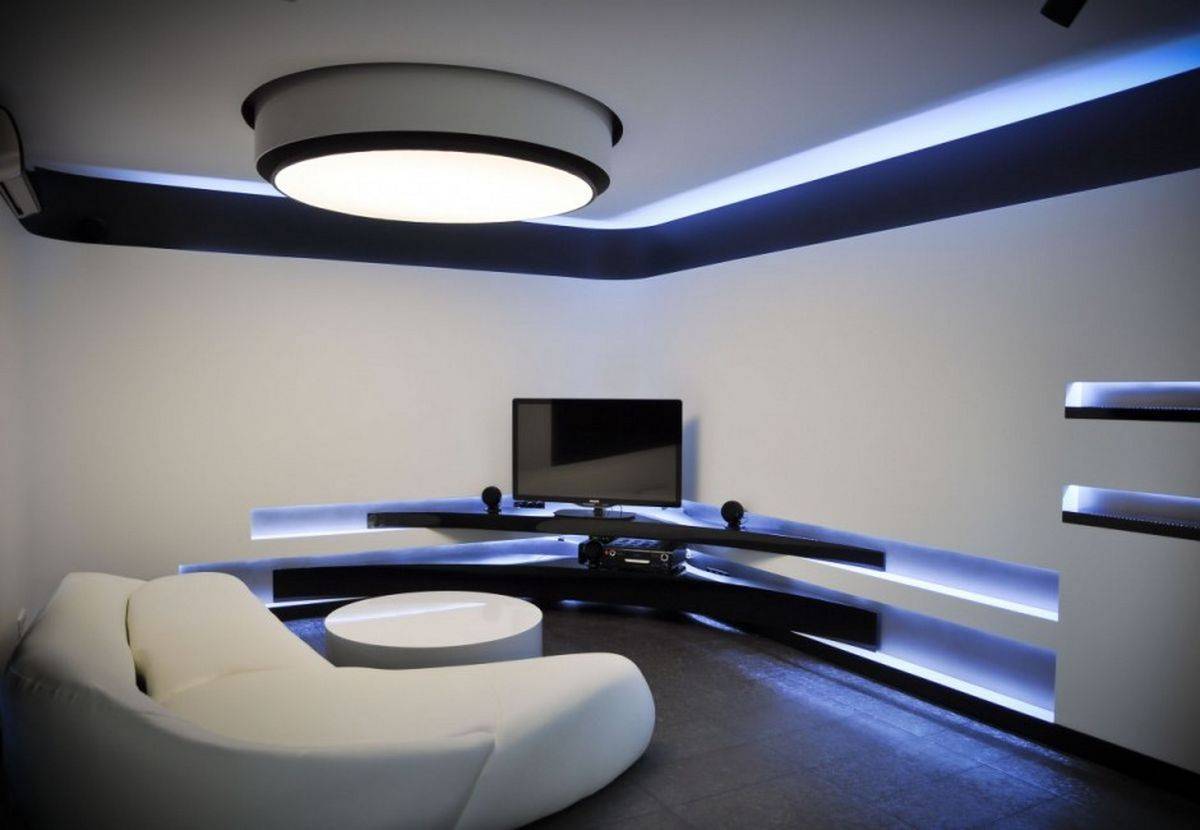
LED Lights
Those of us who care about the environment are always willing to change our habits towards better energy saving. We have started turning off the tap while shaving or unplugging appliances that we don’t use. There is, however, another great way of conserving valuable energy and making our environment safer – using LED lights. Unlike energy-vampiric incandescent bulbs and annoyingly buzzing fluorescent tubes, these small solid lights not only last for years but have many other environmental advantages.
Unparalleled efficiency
By replacing your standard light bulbs with LEDs, you can save up to 80 percent of the energy through your lamps and fixtures. Operating on a totally different principle, LED bulbs actually convert 95 percent of electric energy into light, making them the most effective commercially available light source. A 36-watt LED provides the same light level as a traditional 84-watt bulb.
Reduced toxicity
Fluorescent tubes were a huge leap forward from incandescent bulbs, as they last up to ten times more. However, besides the annoying buzz and the high frequency flickering sensation that is tiring to our eyes, those are also toxic. Toxic metals like mercury are crucial for their operation, and when discarded they contaminate landfills. They are not even supposed to be thrown away with the trash. Once you decide to replace your fluorescents with LEDs, contact a waste management company and arrange a proper disposal.
Virtually no UV emissions
When compared to traditional bulbs, LEDs produce unremarkable amount of IR light, that is heat, and close to none UV emissions. These properties make them very suitable for goods and materials that are sensitive to heat, as well as for lighting UV sensitive objects. They are widely used in food and pharmaceutical industry, museums, art galleries and archaeological sites.
Low-voltage power supply
Their direct current operation doesn’t require high voltage power. This makes LED lights ideal for outdoor use, especially when coupled with an external solar-power source. Using LEDs has made huge advantages for communal lighting in remote or rural areas.
Number of lights needed
Thanks to their design, LEDs focus light in one direction, rather than dispersing it inefficiently all around. Because of this, fewer lights are needed to illuminate the same space. This also makes them ideal for applications where you need task light, like bedside lamps and accent lights. Consult your local electricians in Sydney to help you with transition from traditional lights to LEDs. They understand the importance of looking after environment by using green products and appropriate disposal of potential hazards.
Improved outdoor efficiency
Another benefit of LED lights is that they operate better and have longer lifespan in colder temperatures than any other commercially available bulbs. This gives LED lamps an advantage to other types of lamps whose performance drops in cold climates. LED-based light sources are expected to last from 5 to 10 times more than a fluorescent light, making them increasingly popular as you move further from the equator.
Unrivalled life expectancy
Due to their longer life, LED lights actually need fewer carbon emissions. They don’t have to be replaced as often as other types of bulbs, so fewer resources are wasted for their creation, packaging and transport. This is an aspect that many people fail to consider when they think about switching to LEDs.
People today are more environmentally conscious than ever. With information widely available online, there are many things we can do to make our homes greener. Transition from incandescent and fluorescent light sources to LED lights is one of them. By using LEDs, not only will you save money on energy bills, but also help reduce carbon emissions and allow solar powered lighting to take the full advantage of new technologies.
 WhosGreenOnline.com Your Online Magazine and Directory for Green Business, Product, Service and News!
WhosGreenOnline.com Your Online Magazine and Directory for Green Business, Product, Service and News!


